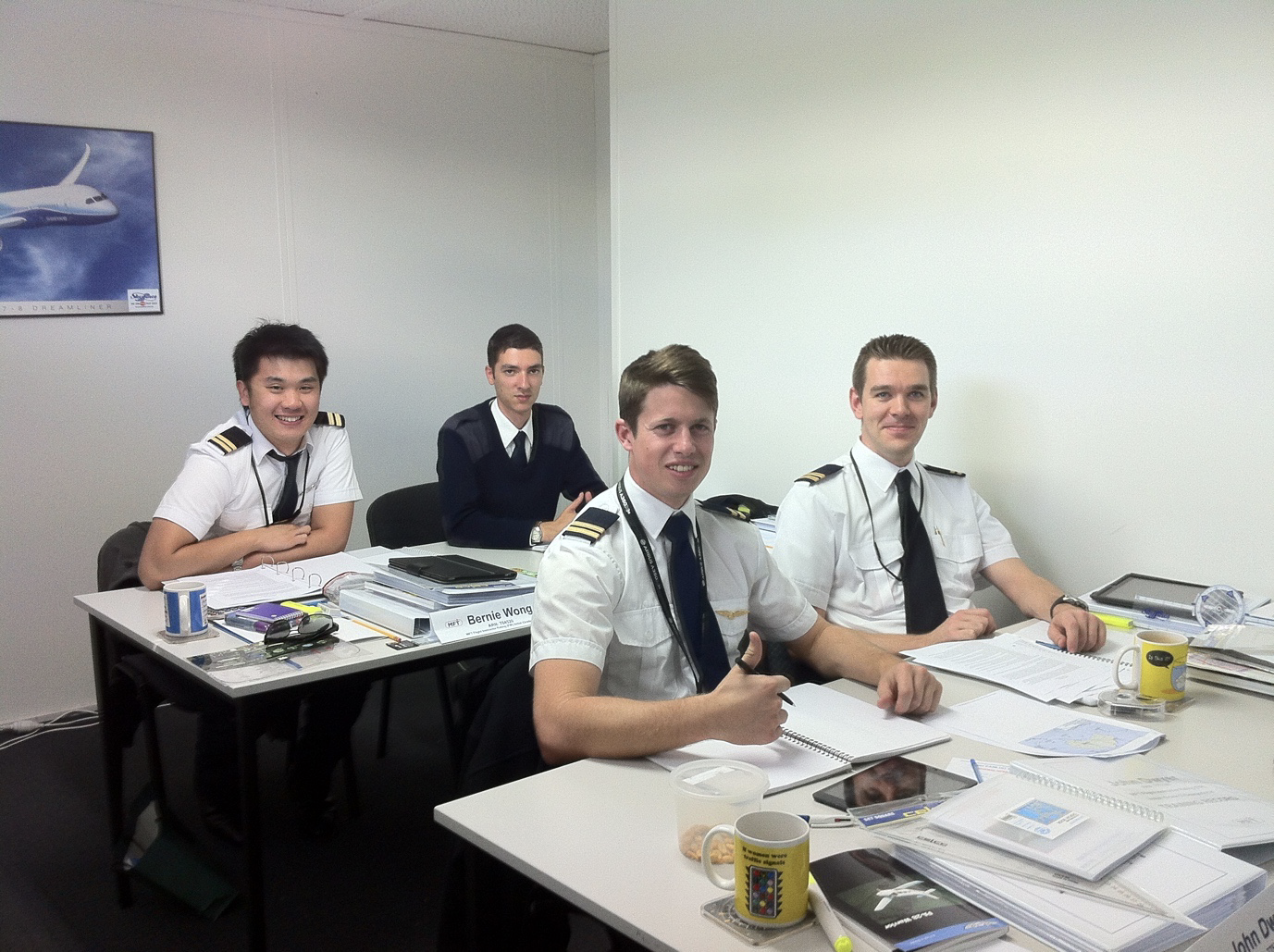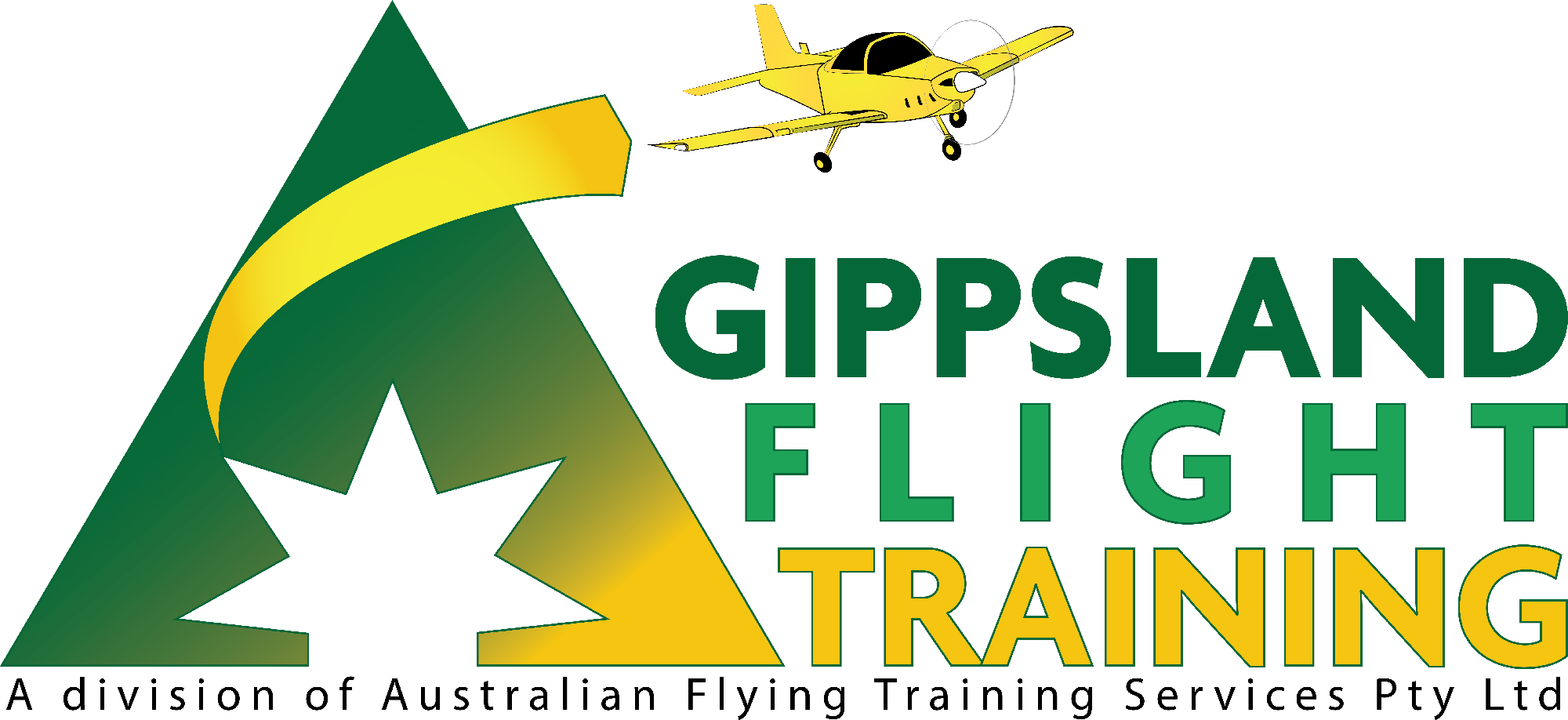Ratings on Aeroplane Licences under the CASR Part 61 Flight Crew Licencing system include:
- Night VFR (Single and Multi-Engine),
- Multi-Engine Aeroplane Class Rating,
- Instrument Rating (Single and Multi-Engine), and
- Flight Instructor Rating (and various ‘Training Endorsements’).
Night Visual Flight Rules (‘NVFR’) Rating
The Night VFR Rating, whether Single or Multi-Engine, is an excellent bridge between the Day VFR Private Pilots Licence, the Commercial Pilots Licence and the Instrument Rating. It enhances and extends a pilot’s Instrument Flying skills and adds to the utility of the PPL and CPL by allowing flight into the hours after sunset and before sunrise.
This is often overlooked
The NVFR Rating is often overlooked in many flying schools due to Trainee/Instructor availability and/or suitable weather conditions or the impact of Daylight Savings resulting in very late starts.
Lack of a NVFR Rating can cause serious career disruption later on due night PIC requirements for the Instrument Rating and/or the achievement of the Air Transport Pilots Licence. Imagine being unable to accept a multi-crew jet command upgrade with its many financial and career benefits because you are unable to hold an ATPL due to insufficient night PIC hours? It happens!
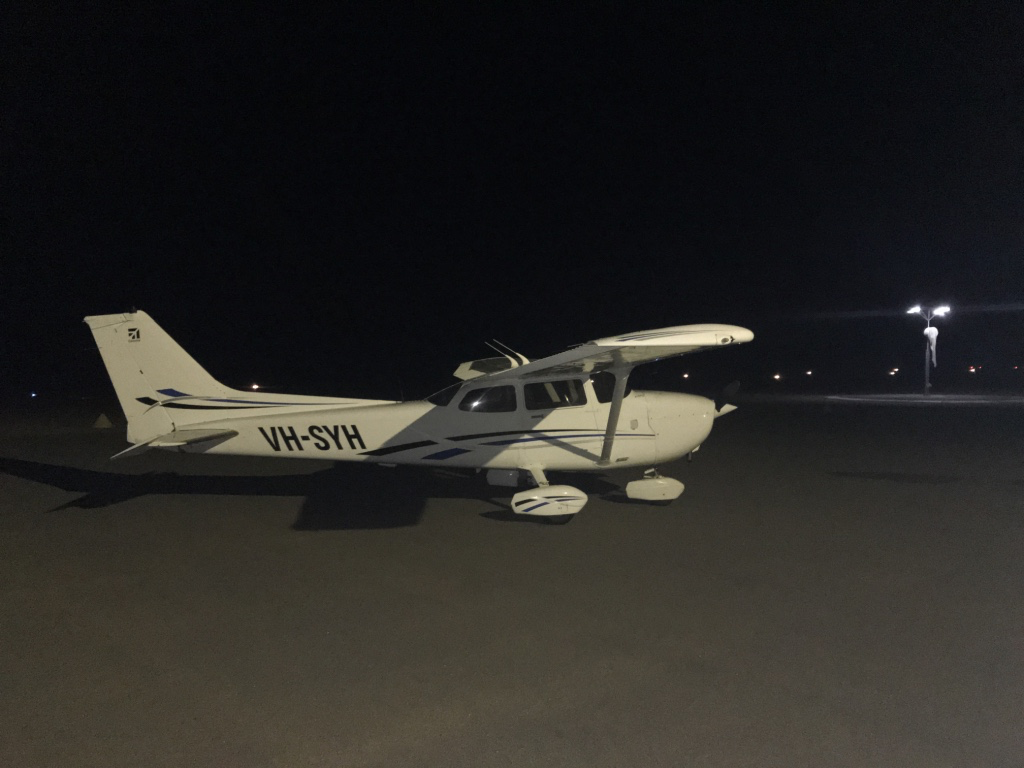
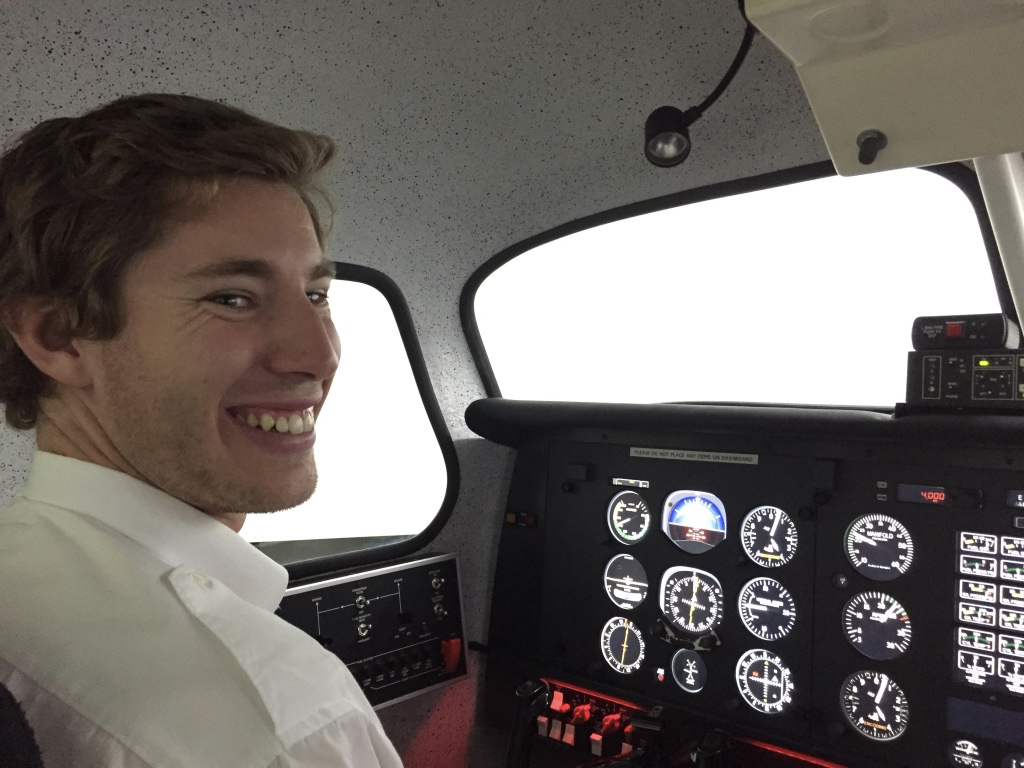
Private Instrument Flight Rules (‘PIFR’) Rating
The Private Instrument Flight Rules Rating allows you to fly in Instrument Meteorological Conditions (‘IMC’) in Single Engine Aeroplanes on private operations only. A PIFR Rating is ideal for the private owner who needs to be able to get places, even if the weather is less than ideal. Obviously his/her aeroplane will need to be suitably equipped for flight in IMC. GFT does not currently offer the PIFR due to our preference to conduct the full Instrument Rating in either a SEA or MEA.
Multi-Engine Aeroplane Class Rating (‘MEA CLR’)
A major step towards a commercial flying career is training for the Multi-Engine Aeroplane Class Rating. Given the additional complexity, weight and speed (i.e., inertia) of piston twin aeroplanes and the potentially catastrophic consequences of mishandling a practice or real engine failure, thorough high-quality training delivered by highly-experienced Instructors with real world commercial multi-engine experience is paramount to your future safety and career success.
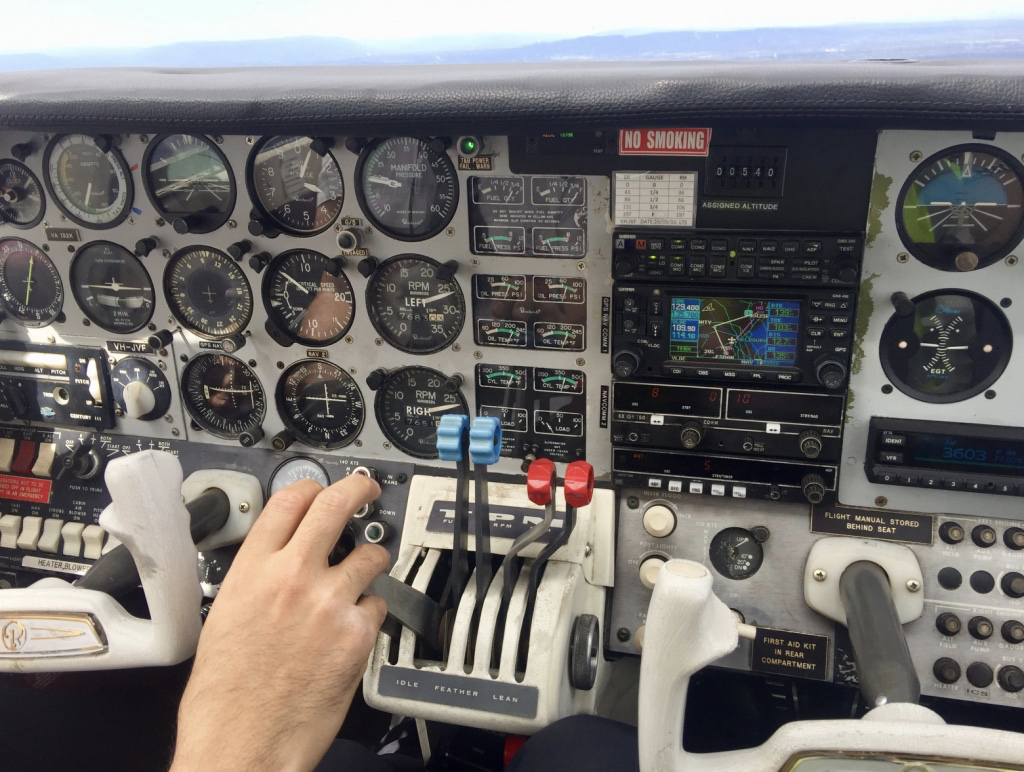
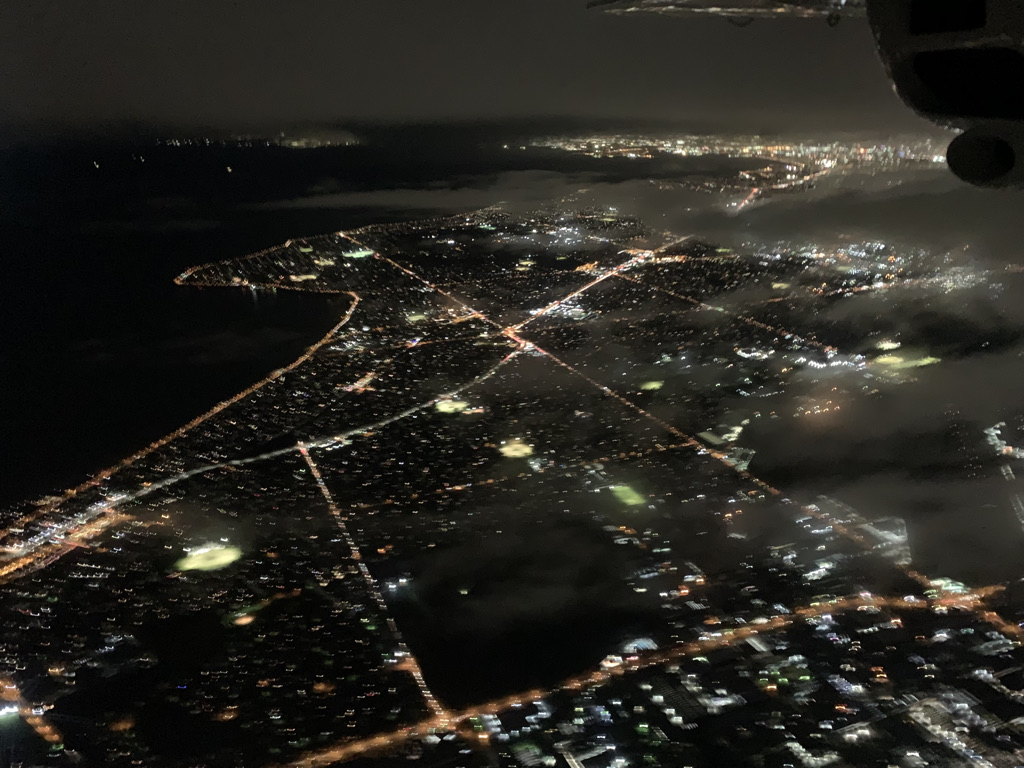
Instrument Rating (‘IR’)
The Instrument Rating allows you to fly in Instrument Meteorological Conditions (‘IMC’) and can be for either Single or Multi-Engine Aeroplanes. If you intend to complete the IR(MEA) you will need to have completed the MEA CLR beforehand.
The IR training can be quite basic by only qualifying on the RNAV (2D GNSS-based) Instrument Approach Procedure (‘IAP’) and/or adding on additional 2D IAPs (e.g., NDB, LOC, VOR ) and/or 3D IAPs (e.g., the Instrument Landing System IAP).
We have packaged a unique IR(SEA or MEA) course which thoroughly teaches you the foundations but also allows customisation of the training to suit your specific budget and operational needs.
Flight Instructor (‘FI’) Rating
The Flight Instructor Rating (‘FI’) with a Grade 3A Training Endorsement (‘TE’) is a commonly-utilised pathway into a paid commercial flying career.
The normal start point is the FI Grade 3A (‘Aeroplane’) TE, an intensive 8-week full time (Mon-Fri) live-in course. We not only offer a very highly-regarded course delivered by our Head Of Operations (with 1000 hours of FI G3A flight training time and numerous other TEs!) but also guaranteed employment upon graduation. So we’ll want to interview you and check your various aptitudes before you commit yourself and launch into our FI G3A TE Course.
To be eligible for our FI G3A TE course you will need to hold a CPL(A), SPIN FAE and a Class 1 Medical. Ideally you will also have an ASIC or be in the process of gaining one.
As our Head Of Operations holds the FIR FI TE we also provide all Fixed Wing Training Endorsements that apply to land-based aeroplanes.
